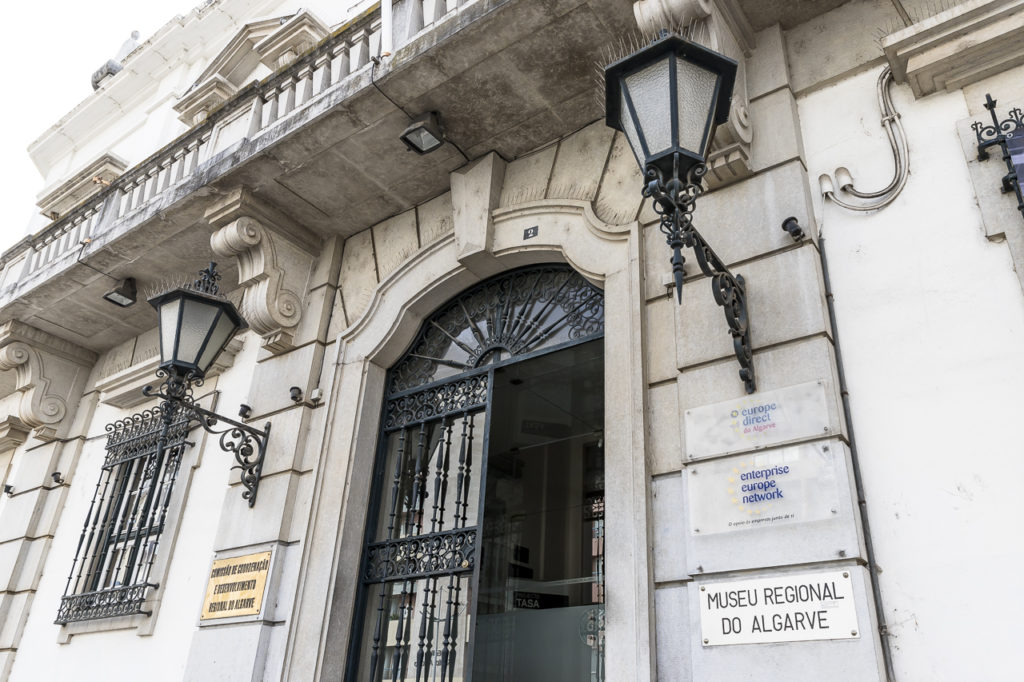When, soon, the transfer of powers to the regional coordination and development committees, now as a public institute, CCDR.IP, and the intermunicipal communities, CIM, is completed, we will have to ask ourselves what to do next to deepen effectively the functionalities of the new coordination and development regime, that is, how to structure a regional operating model that is capable of doing more and better with less.
The Regional Operational Programs (POR) at the NUTS II level are, for now, an adequate and sufficient platform to carry out regional arbitration between levels of government and multi-level administration of the various CIMs that make up each NUTS II and deepen the respective functionalities of administrative regionalization intelligent.
Therefore, the central objective of regional policy would be to establish a collaborative governance platform between the NUTS II level (CCDR.IP) and the intermunicipal level (CIM) which would have, on the one hand, regional operational programs, national operational programs and European cohesion programs and, on the other, municipal master plans, inter-municipal spatial planning programs, integrated territorial investment operations (ITI), rural development and local action groups, action plans for business centers regional.
Furthermore, following last December's Council of Ministers Resolution on the National Smart Territories Strategy (ENTI), this critical mass of new attributions and competencies at the regional (NUTS II) and sub-regional (CIM) levels opens the door for the establishment of a regional, sub-regional and local data center and, therefore, for the operation of a territorial analytical platform that will ensure interoperability between programs and policy measures.
Let us see, then, how the operating model of the regional system could be organized and the territorial development pact of each intermunicipal community implemented.
Firstly, we know that the country created, in the last decade, 23 intermunicipal communities (CIM), most of them coinciding with NUTS III (NUTS II sub-regions); This is a very relevant level of programming, planning and implementation of policies to reconsider the country's entire rural, sub-regional, regional and territorial development system. Today it is 21 CIM.
Secondly, we know that the country has, in practically every district capital, a polytechnic institute or a university, as well as associations and business centers, industrial parks and business groups, which urgently need to refresh and renew their mission and gain a legitimization supplement in a historically demanding time for the country.
Thirdly, the triangulation between these three groups of entities, CCDR.IP and CIM, Universities and Polytechnic Institutes, business associations and business parks, can and should be the origin of an Integrated Territorial Development Program for CIM with the aim of committing the three entities to a development project for the period up to 2030.
Fourthly, a contract signed with the central administration, via CCDR.IP, would establish, for each CIM, the terms of this development project, for which the ITI instrument (integrated territorial investment) would be used, as provided for in the regulations of schedule; in the same contract, promoters would be entitled to present an actor-network proposal for inter-municipal management that considers not only a new structure of public goods and common goods but also the possibility of forming 2nd degree authorities to bring it to a successful conclusion integrated development projects.
Fifthly, within the scope of this philosophy of development contracts for the NUTS III level and taking into account the universe of micro-enterprises that make up our business fabric, the central government would present a legal and financial framework to encourage business investment in low-density areas, a green path for business cooperation and extension aimed at territorial development in the interior of the country.
Finally, the NUTS II level would be considered the appropriate headquarters for a new centrality, rationality and territorial governance, in particular, through the formation of a regional executive committee, a new architecture for regional services and a regional consultation council, but This new architecture would have to be duly represented in the CIM which, for this purpose, would receive all the delegation powers necessary for the proper execution of ITI operations.
Final Notes
Having arrived here, if political ungovernability knocks on our door, there is a real risk that the central government will use the regional deconcentrated administration and, now, the CCDR.IP, as a direct instrument of political action and management of macroeconomic aggregate demand, a kind advance guard of its public policies for regulation, rationalization and macroeconomic and financial adjustment.
On the other hand, there is also a risk of local administration using associations of municipalities and now inter-municipal communities as advanced guards and projection of their local, inter-municipal and sub-regional legitimacy and specificity.
If these risks are confirmed, the regional (NUTSII), sub-regional (CIM) and municipal (CM) levels could be transformed into a field of forces, an arena of true territorial cacophony, where parishes, unions of parishes, municipalities , associations of municipalities, intermunicipal communities and regional administration will raise cross-arguments on behalf of the only truly legitimate actors, the municipalities and the central government.
Finally, I leave a solemn warning to territorial navigation. O Great Inland Country – 165 complete municipalities and 20 partially are considered low density areas – continues to set pace.
The territorial model that is already on the ground may be pure territorial cacophony to distract the most unwary.
If in this programming period until 2030, with PRR 2027 and PT 2030, the CIM and municipal associations only serve to carry out corporate cooperation, instead of collaborative and creative cooperation, with a view to creating in these sub- regions a new generation of non-tradable public goods and new/old customer relationships, then all of this will have been a big mistake and a monumental achievement.
Let us therefore be very attentive.
Author António Covas is a Retired Full Professor at the University of Algarve



















Comments